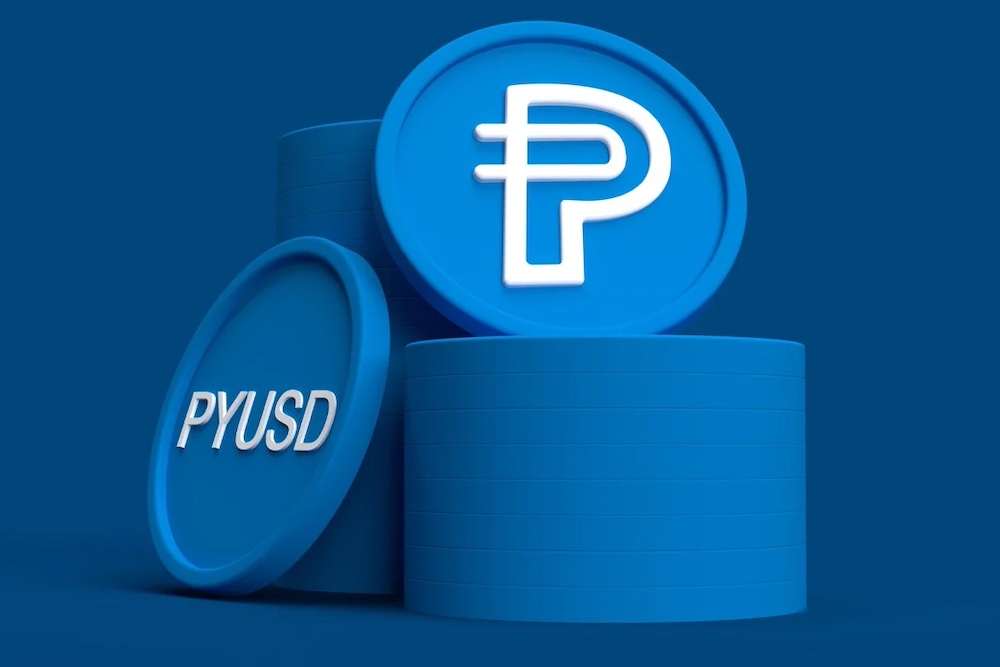Litecoin handles a much higher volume of large transactions compared to other Layer 1 protocols, such as Dogecoin.
Blockchain analytics firm IntoTheBlock recently revealed that Litecoin processes an average of $2.85 billion in large transactions (those worth at least $100,000) daily. This figure represents over 50% of its market cap, highlighting substantial whale activity on the Litecoin network.
Litecoin processes $2.85 billion in transactions over $100k daily (avg), over 50% of its market cap.
📊 This is more than most Layer 1s. For example, Dogecoin sees $590 million in large transactions, despite having roughly 3x Litecoin's market cap.
🐋 This suggests significant… pic.twitter.com/YpPKIsEMuO
— IntoTheBlock (@intotheblock) July 12, 2024
Litecoin’s large transaction volume significantly exceeds that of other Layer 1 cryptocurrencies. For example, Dogecoin, which has roughly three times Litecoin’s market cap, sees only $590 million in large transactions daily. This stark difference underscores Litecoin’s active network and the notable presence of large holders.
From July 5 to 10, Litecoin’s transaction volumes peaked at around $3.3 billion and dropped to approximately $2.4 billion by July 7. Despite fluctuations, the overall trend in transaction volume shows an upward trajectory, indicating consistent engagement from whales, who contribute significantly to the network’s liquidity.
Supporting these findings, Litecoin’s ownership data shows that high-activity addresses, making up 3.32% of the total, are likely driving the high transaction volumes. Additionally, several less active addresses hold significant amounts of Litecoin, indicating ongoing interest and engagement among investors.
Litecoin Investors’ Trends
Despite this robust activity, Litecoin faced challenges in gaining momentum earlier this year. A late May report indicated that investors preferred Ethereum and other tokens within the Ethereum DeFi ecosystem, leading to an 8% decrease in the LTC price as of May 29.
Interestingly, there was a surge in new wallets on the Litecoin network, likely due to the anticipation of Ethereum ETFs. This expectation of funds moving into these ETFs led investors to diversify during the crypto market consolidation phase. Around 400,000 new LTC wallets were created, suggesting that investors were taking advantage of the price dip.
Santiment’s Amount of Holders Metric also showed an increase in active wallets, indicating more participants joining the network. Overall, the data suggests that large holders are crucial to Litecoin’s transaction volume and network activity, significantly contributing to its liquidity and market movements.









